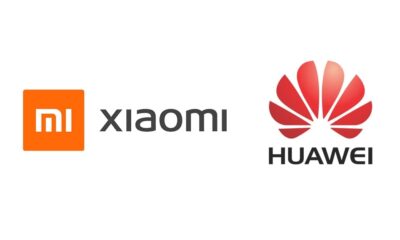News
Eclipse and OpenAtom Partnership: A major open source HarmonyOS development
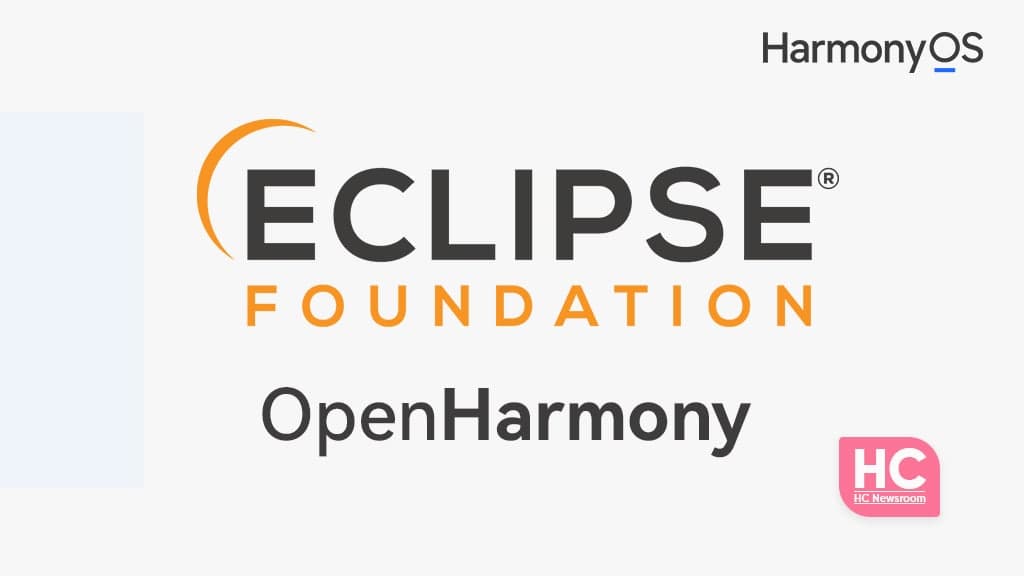
On September 28, 2021, Eclipse Foundation and OpenAtom Foundation announced their collaborative partnership focused on the development of OpenHarmony – an open-source project of the HarmonyOS operating system. Both foundations agree to jointly build a world, vendor-neutral, and independent open source community, allowing developers, vendors, system integrators to increase their global reach in a single and unified ecosystem.
“The open source model has clearly established itself as the best possible means for global communities to collaborate around a shared, open technology,” said Mike Milinkovich, executive director at the Eclipse Foundation. “Through our collaboration with OpenAtom, we’re hoping to leverage innovation in both Europe and China to create a global solution that everyone can leverage.”
“A unified and diversified open source community is crucial to the sustainable development of OpenHarmony. We are looking forward to making history with the Eclipse Foundation and developers around the world,” said Tao Yang, chairman of the board of directors at the OpenAtom Foundation.
What is there for the open-source world?
Several years ago, Huawei began developing a new, distributed operating system focusing on IoT devices, ranging from small earbuds to phones to TVs to cars and beyond. The goal of this new operating system was to unify a wide range of discrete physical devices into a single “super device” in order to present a significantly better user experience for IoT.
It achieved this by virtualizing the different aspects of devices, such as display, speaker, network, microphone, camera, and then dynamically integrating them across its distributed virtual bus.
This distributed operating system became Huawei’s HarmonyOS and started shipping this commercially across devices and with ecosystem partners last year.
Huawei’s goal with HarmonyOS is to enable a large ecosystem of devices —whether from Huawei or not — to be able to work together seamlessly and deliver the best user experiences. So, starting last year, Huawei also open-sourced the fundamental capabilities of HarmonyOS and contributed the resulting OpenHarmony open source project to Open Atom, China’s newly born open source foundation.
This means that OpenHarmony now is under open governance and is no longer a Huawei-controlled project. Open Atom now manages this project with other member participants, while Huawei continues to participate in the OpenHarmony project, while HarmonyOS remains Huawei’s commercial implementation of OpenHarmony and just one of a number of implementations.
That leads us to today’s announcement between Open Atom and Eclipse. To promote the global adoption and development of OpenHarmony, Eclipse and Open Atom will team up for this open source operating system, which will result in several significant milestones.
Open source projects are typically managed and developed by at most one open source foundation, if at all. To have two open source foundations come together to collaborate jointly in the development and ecosystem-building of an open source project is unprecedented.
But, the scale, diversity, and scope of the interoperable IoT devices ecosystem Huawei trying to create that will benefit tremendously from the combined strengths of Eclipse and Open Atom.
“To have two open source foundations come together to collaborate jointly in the development and ecosystem-building of an open source project is unprecedented,” said Huawei. Perhaps it is fitting that a distributed operating system requires distributed open source development.
Impact of this OpenSource Collaboration:
Open source is by its nature global. And, all the major open source projects and foundations have large presences around the world. But, challenges often occur when working across global open sources. For example, different developers may be in different time zones and speak different native languages. They may serve different markets with substantially different requirements. And they may develop their local ecosystems completely differently.
By having China-based Open Atom and Europe-based Eclipse Foundation collaborate to build OpenHarmony, Huawei can specialize in different regions while still maintaining the global nature of the open source. For example:
- As China’s only open source foundation, Open Atom can attract and build a China ecosystem for OpenHarmony better than other organizations in many ways. It can run events and community engagements locally in Mandarin at times convenient to China’s developers. It can also onboard many new Chinese companies to the open source community for the first time.
- As Europe’s largest open source foundation and one of the largest global open source foundations, Eclipse can attract and build a strong European and international ecosystem. After all, Europe has arguably taken the global leader in critical areas such as data privacy and security. Rooting OpenHarmony here will ensure that it will conform to the needs of European developers and users.
Furthermore, the Chinese tech maker expects that this partnership will help both Open Atom and Eclipse increase their global membership and influence as more companies around the world become familiar with both of these foundations.
Open Everything:
Certainly, the most widespread open source operating system for mobile devices today is Android. Android is controlled by Google, and so Google is able to ensure the compatibility of different Android distributions through tight compatibility test suite and licensing requirements. But, there is no open way to create different, certified as compatible, full Android distributions because of Google’s centralized, commercial control.
With OpenHarmony:
- An open specification process.
- An open source compatibility test suite.
- Multiple OpenHarmony distributions will be fully compatible via the open specification and test suites.
In other words, this is like Android opening multiple organizations creating independent, compatible distributions:

Distributed technologies:
There are two major mobile (but not IoT) operating systems today: Android and iOS. OpenHarmony has a significantly different technical scope than either of them. For example, Google and Apple both have a variety of different operating systems targeting different devices, including:
- Apple: iOS, iPadOS, tvOS, MacOS, WatchOS
- Google: Android, Chrome OS, Wear OS, Fuschia OS
OpenHarmony, though, targets all devices through its distributed nature.
Furthermore, because iOS and Android have to interact with different operating systems across different devices, they synchronize data primarily through the cloud — even when devices are a mere few centimeters apart physically. As a distributed operating system, OpenHarmony preserves data privacy and can send data locally between devices.
Huawei is designing OpenHarmony to be the most open, most ecosystem-friendly, and most secure operating system for devices:
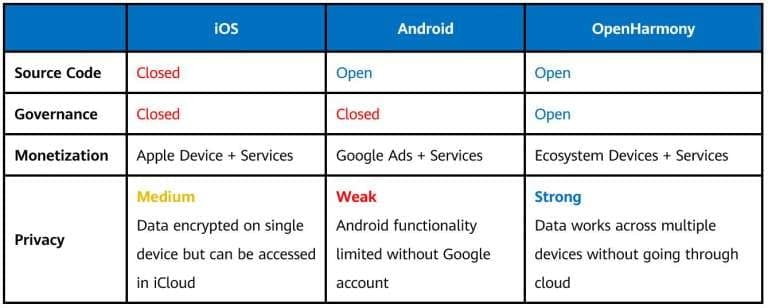
Here’s what this new partnership means for the globe:
- Major open source organizations collaborate together rather than compete for hosting open source projects.
- Different regions around the world can specialize in their local markets while maintaining a global community.
- Different open source distributions can be both openly managed and fully compatible.
- Open innovation and security come together from the community
News
Huawei is an advance player in technology such as ChatGPT: Chief
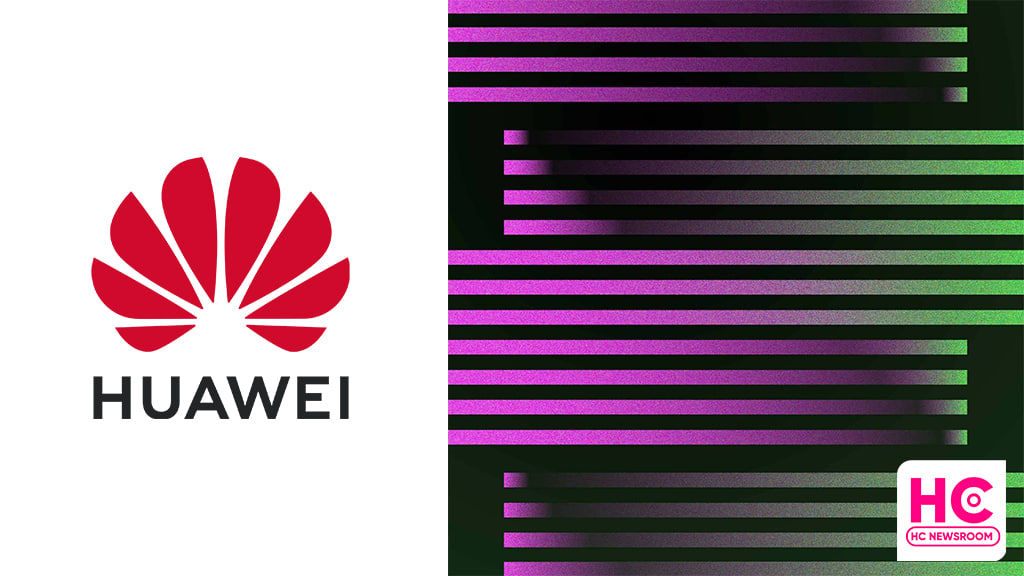
ChatGPT is a raging storm on the internet and everyone is talking about this AI-powered instant reply software but Huawei says, it has long mastered such technology.
A person in charge of Huawei’s computing product section said that Huawei began to have a layout in the large model in 2020. In the following year, Huawei launched Pengcheng Pangu, which is a super-large model and the first of its kind in the industry.
This model can generate 100 billion levels of processes and can generate responses or understand Chinese natural language processing as well as speech recognition.
To be mentioned, Pangu NLP large model was the world’s largest Chinese language pre-training model with 100 billion parameters at that time. The sample tuning of the data improves the application performance of the model in the scenario.
Patent:
Recently, two patents have surfaced on China’s intellectual property office, which reveal Huawei’s use of AI in instant reply software. However, we can say that Huawei has already applied a lot of AI software to human conversation technology, which was way ahead of ChatGPT. But Huawei has not revealed any plans to implement such tech in Huawei devices.
ChatGPT:
ChatGPT was launched as a prototype on November 30, 2022, and quickly garnered attention for its detailed responses and articulate answers across many domains of knowledge. Its uneven factual accuracy, however, was identified as a significant drawback. Following the release of ChatGPT, OpenAI’s valuation was estimated at US$29 billion.
Read more here – Huawei patent new ChatGPT like reply software

News
Xiaomi took 50 million Huawei smartphone users: President
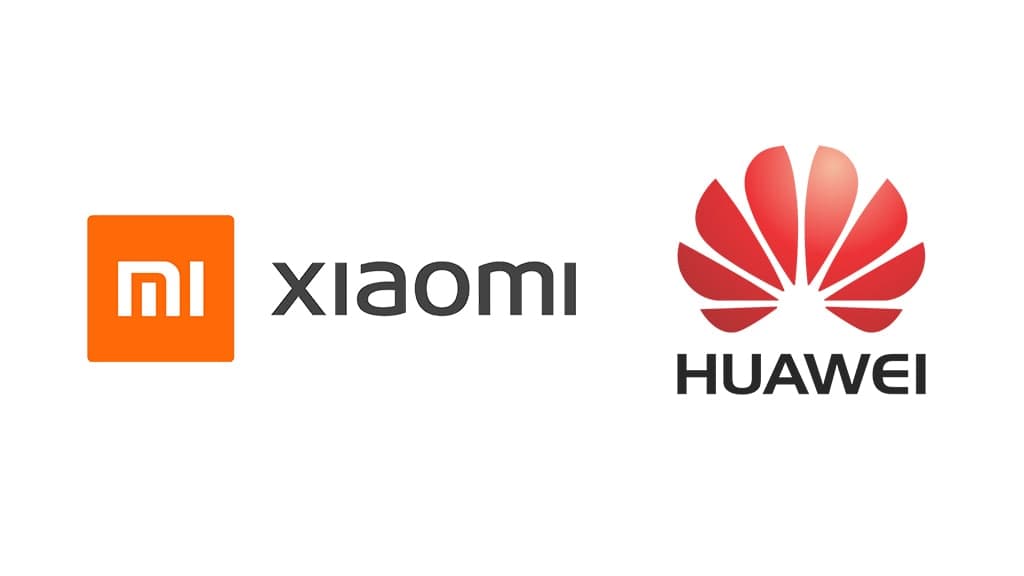
After the events of the U.S. ban, Huawei had to reduce its capacity of building new smartphones, which result in low yield and sales, and now, Xiaomi claims that it took over 50 million of Huawei’s users.
During the Xiaomi Investment Day, Lu Weibing, President of Xiaomi Group said that Huawei has lost over 80 million smartphone users, of which, Xiaomi took over 50 million.
This is quite a big statement made by the head of the Chinese phone maker as Huawei was forced to leave the market due to the restrictions on manufacturing.
After not meeting the market requirements the share of Huawei’s smartphone market declined severely in both the Chinese and global markets. While other smartphone makers are the ones that got most of the benefits.

From the rest, Apple took over 20 million users and Honor grabbed 10 million, which accounts for an overall 80 million Huawei users.
According to the data revealed by Canalys, the global smartphone market ranked Samsung first and Apple second, which has increased by 22 percent and 19 percent respectively. While Xiaomi declined to 13 percent.
Aside from Apple and Samsung, other smartphone maker has declined. On this matter, Xiaomi’s president said that the decline in his firm is related to various reasons such as currency depreciation, chips from shortage to surplus, and intensified competition, the global mobile phone market will decline by 12% in 2022, of which the Chinese market will decline by 13%.
Why not?
It was an opportunity for all of the smartphone companies with an open opportunity to grab Huawei’s market share and it fell directly into their lap without doing anything.
(via – CNMO)
News
Huawei help Turkey in Earthquake hit areas with communication supplies

Turkey is underway a massive rescue operation and Huawei has raised a hand of help for the country to overcome the earthquake that has taken the lives of thousands of innocent people. During this time, Huawei has provided components, generators, and mobile base stations to help eliminate communication issues in earthquake-affected areas.

On Monday, Turkey is hit by a 7.8-magnitude earthquake, destroying homes and leaving thousands wounded and homeless. As of today, over 17000 people had died in Turkey, surpassing the record of the last decade in the country. This earthquake has now made its place in the most deadly disasters of the century surpassing the 2011 tsunami in Japan.






